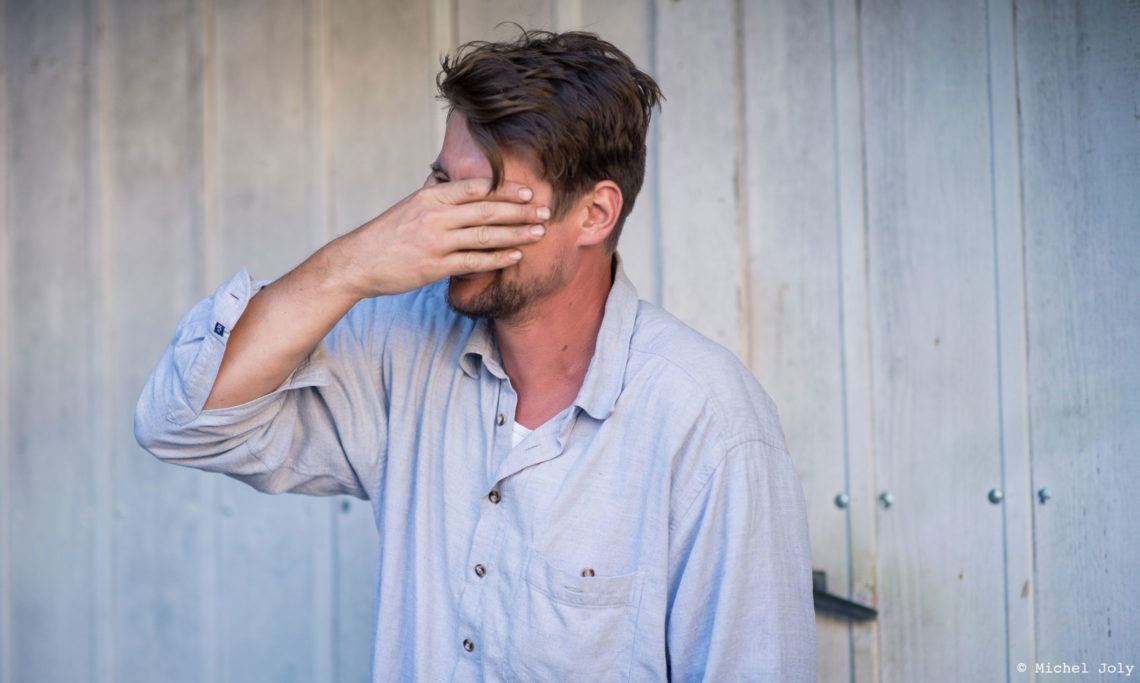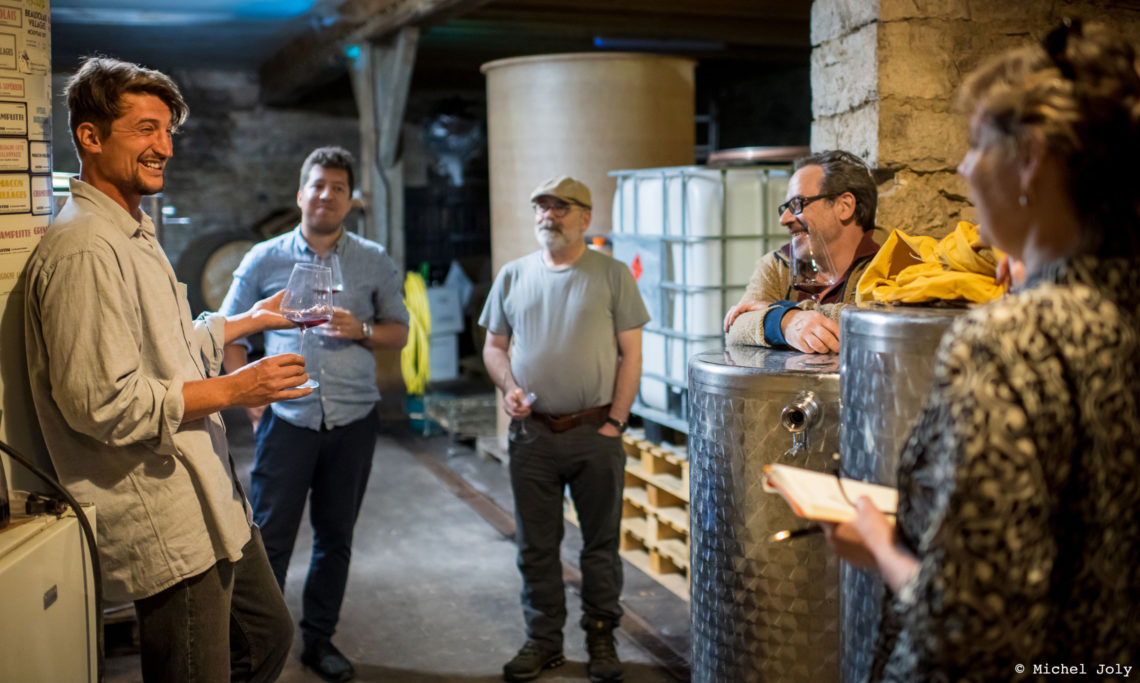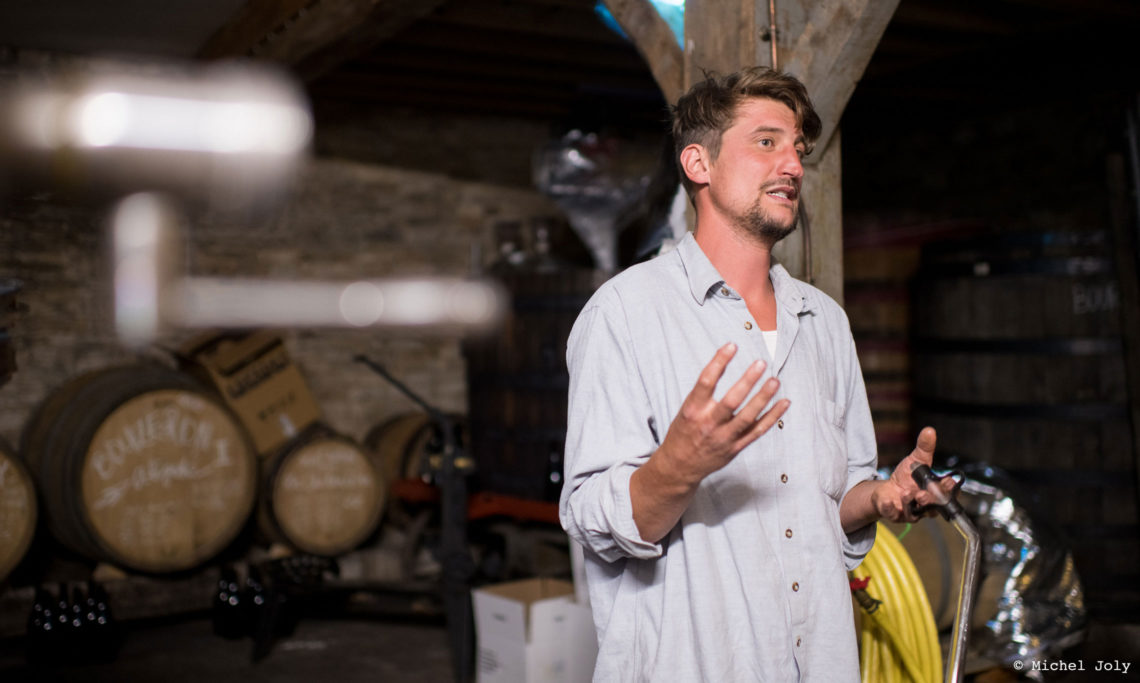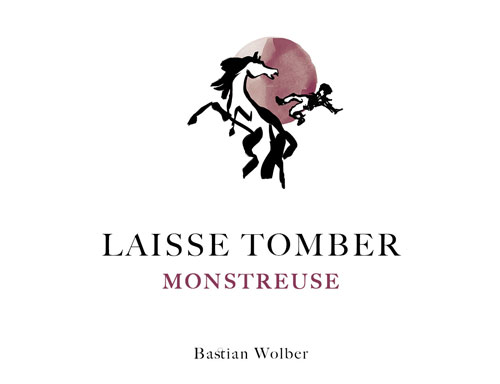Domaine Profile
- Location: Côte de Beaune, Burgundy. 2019 vintage made in Baden, Germany; 2020 vintage made in Auxey Duresses; 2021 vintage made in Volnay.
- Varieties: Pinot Noir, Mondeuse, Chardonnay, Aligoté, Riesling, Pinot Blanc, Sylvaner, Muscat
- Viticulture: His own vineyards are farmed organically, with biodynamic methods (not certified). Purchased grapes are organic or biodynamic.
- Vinification (whites): Whole clusters crushed by foot, vertical press, overnight decanting, fermentation and aging in barrel (no new wood), no or minimal SO2 addition only if needed.
- Vinification (reds): 100% whole-cluster, carbonic maceration in wood tanks, no punch-downs or pump-overs, no fining or filtration, minimal SO2 addition only if needed.
Born in Staufen im Breisgau, Germany, Bastian Wolber attended Rudolph Steiner schools until the age of 18. “We sewed and made wood products and were encouraged to give everything a shot,” he recalls. “There were no grades, only ‘reviews’ from teachers. It was super and made me feel confident.” However, he wanted to try something different from Steiner and studied Economics and German Tax Law – a route that he would soon discover did not fulfill his desire to create, explore, and connect with nature.
During this time, Bastian’s younger brother Christoph moved to Burgundy to pursue work amongst the vines. While Christoph spent his days honing his craft at Bernard van Berg, Domaine de la Vougeraie, Domaine Leflaive, and Comte Armand, his roommate Alex Götze did the same at Pierre Morey and Domaine de Montille. Inevitably, the two partnered and in 2016, they launched Wasenhaus winery in Baden.
Bastian would visit his brother in Burgundy and recalls sharing a bottle of Ganevat with him at La Dilettante in Beaune. “It blew me away! Its complex, oxidative flavors were something I had never tasted before,” he explains, citing how the wine was so different from the conventionally-produced wines he was used to. “It was alive, it had soul – it made me want to learn more.” Back in Berlin, Bastian found himself visiting every natural wine shop in his neighborhood, simply just to recreate the ah-ha moments that the Ganevat wine provided.
Soon after, Bastian followed in his brother’s footsteps and began working vintages in Burgundy. He cut his teeth at Leflaive in 2013, and from the start, had visions of eventually making his own wine one day. “The urge grew stronger and stronger as I gained more winemaking experience,” he remembers. After working harvests with Rudolph Trossen in the Mosel and Jean-Marc Dreyer in Alsace, things finally came full circle in 2019, when Bastian found himself apprenticing at Ganevat.
But things took a sharp twist. In the middle of harvest, Bastian broke his hand during a skateboard accident and was unable to help in the winery. “I beat myself up for having messed up such a great opportunity,” he says. However, this ultimately turned out to be a blessing in disguise, as his injury pushed him to find an alternate way to continue learning and practicing in the cellar. The solution? Make his own wine.
Bastian returned home and purchased organically-farmed grapes from France and Germany, and vinified them at Wasenhaus.
He named the project “Laisse Tomber” which means ‘let it go’. The literal meaning, though, is ‘Let it fall’. Bastian liked the allusion to his skateboarding accident, quite a bit in fact as his label also features a rider falling off his horse. Why a horse? His mother was a riding instructor and kept many horses at the family farm. “They symbolize sensibility and soul,” he adds. There is also a parable from Herman Hesse that Bastian finds very fitting for his situation. Since we don’t often get to quote Hesse, here it goes:
“An old man called Chunglang, that means ‘Master Rock’, owned a small estate in the mountains. One day, it so happened that he lost one of his horses. And so his neighbors came to express their condolences for Chunglang’s misfortune.
But the old man asked: ‘How do you know that this is a misfortune?’ And lo and behold: a few days later, the horse returned and brought a whole pack of wild horses along. Again, the neighbors arrived and wanted to congratulate him for his good fortune. The old man from the mountains thus spoke: ‘How do you know that this is good fortune?’
Since there were so many horses at his disposal now, the son of the old man began to develop a liking for horse-riding, and one day he broke his leg. And again they came, the neighbors, to express their sympathy. And again the old man said to them: ‘How do you know that this is a misfortune?’
In the following year, the commission of the ‘Langen Latten’ appeared in the mountains to draft strong men to serve the emperor as palanquin bearer and for other lowly works. The son of the old man, who still had damage on his leg, wasn’t taken. Chunglang smiled."
Because Bastian’s production in 2019 was too small for it to be his fulltime vocation, he decided to return to Burgundy and further his wine studies at the Université de Bourgogne in Dijon, where he pursued a diploma in oenology while also working alongside Jean-Yves Bizot, where he still sharpens his craft today.
In 2020, Bastian made his wines in Auxey-Duresses, in a winery he shares with Chris Santini (Santini Frères), Jonathan Purcell (Vin Noé), and Morgane Seuillot and Christian Knott (Domaine Dandelion).
Bastian is determined to farm his own grapes. In 2020, he started with a parcel of Pinot Noir in the Côte Chalonnaise. In 2021, he found three more Pinot Noir vineyards in Baden.
Bizot by day, solo project by night (and on days off, of course). In the future, Bastian would like to own his own vines in Germany, while also crafting négoce wines on the side. During the 2020 vintage, a friend asked Basti while sorting grapes what he likes to do for fun. His response? “This, actually!”
Winemaking
The 2019 reds went through a whole-cluster carbonic maceration in ancient wood harvesting tanks with a capacity of one half ton of grapes. They were blanketed with CO2 for the first day or two. Fermentations started quickly and lasted about 15 days. There were no punch downs or pump-overs. The one exception was the Spätburgunder. Bastian’s girlfriend Ludmilla “walked on them once.” Bottling was in July and August 2020 without fining or filtration. No sulfur was added until bottling. Total additions at bottling were 10 mg/L.
Laisse Tomber Blanc 2019 was made from a small plot of coplanted 60 year old vines in Alsace belonging to Jean-Marc Dreyer. Many Alsatian varieties are in the field blend, with a majority of Riesling, Pinot Blanc, Sylvaner, and Muscat.
The whole clusters were crushed by foot and pressed in a small vertical press. The juice was left to settle overnight just to get rid of the gross lees. The wine fermented and was aged in one feuillete (half-barrel) and a glass demijohn. No sulfur was added at any time. “I couldn’t out of respect for Jean-Marc who doesn’t add sulfur,” Bastian says. The wine was bottled in August 2020 without fining or filtration.
Wines
-
White
-
Red




